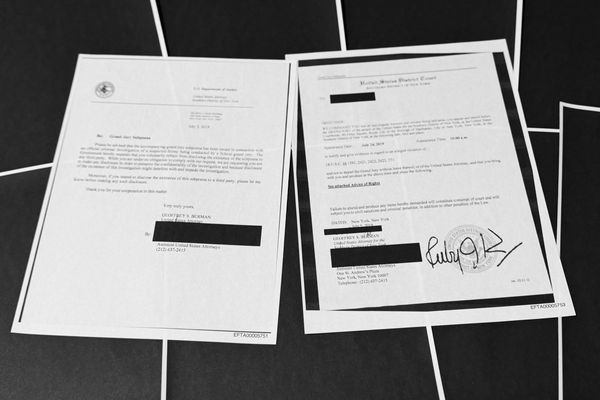
Chen Ning Yang, one of the world’s most renowned physicists and a Nobel prize winner, died on Saturday in Beijing at the age of 103 after an illness, state media outlet Xinhua has reported.
Born in eastern China’s Hefei in Anhui province in 1922, Yang was a Chinese-American physicist who worked on statistical mechanics and symmetry principles in elementary particle physics.
Yang shared the 1957 Nobel prize for physics with Tsung-Dao Lee, who died in 2024.
They were awarded the prize for work that overthrew the widely accepted “parity laws” – that the forces acting on the fundamental subatomic particles are symmetric between left and right. In the popular description, they overthrew the concept of “mirror symmetry”.
Before Lee and Yang questioned this fundamental principle, it was believed that the mirror image of any process displays a sequence of events that could equally well occur in the real world. In effect, there is no way to tell whether you are viewing a real event or its mirror image.
Yang was brought up in the atmosphere of the campus of Tsinghua University, outside Beijing, where his father was a professor of mathematics, according to biographical detail on the Nobel prize website.
After completing his undergraduate and a master of science at Chinese universities, he moved to the US at the end of the second world war on a fellowship at the University of Chicago.
There, he came under the influence of Prof Enrico Fermi, the Italian and naturalised American physicist renowned for being the creator of the world’s first artificial nuclear reactor.
Since 1949, Yang was associated with the Institute for Advanced Study at Princeton, where he became a professor in 1955.
With Reuters







